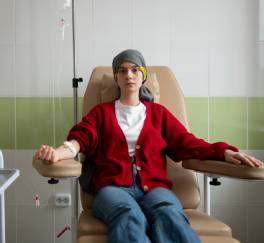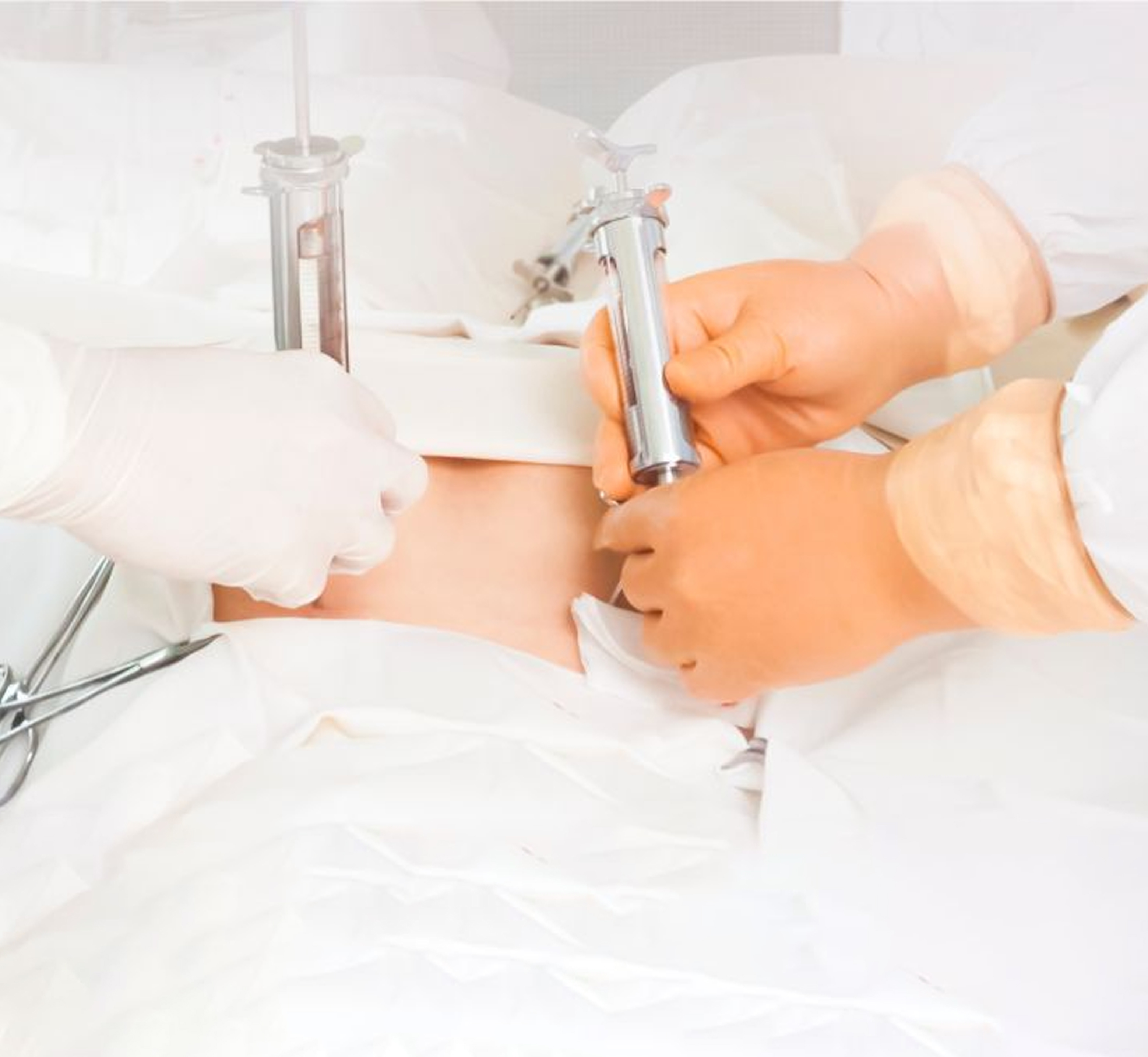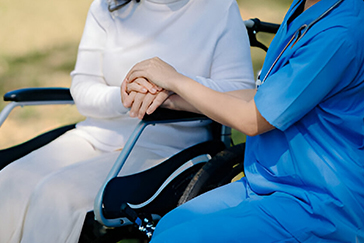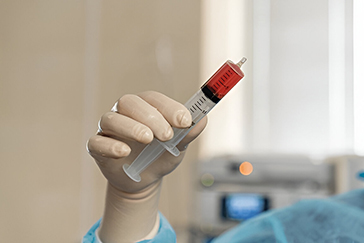 Book Appt.
Book Appt.
 Call Now
Call Now


Introduction
An allogeneic bone marrow transplant (BMT) is a medical operation that involves a patient receiving stem cells from a donor. Allogeneic stem cell transplantation is used by healthcare practitioners to treat blood cancer and, in certain cases, cure specific blood diseases. Providers may recommend allogeneic stem cell transplantation if earlier therapies were unsuccessful or if therapy succeeded but the problem returned. Allogeneic stem cell transplantation involves replacing sick stem cells with donated healthy stem cells. These new stem cells generate healthy, fresh blood cells. Many people in need of stem cell transplants receive them from someone other than a family member.
Healthcare practitioners employ allogeneic stem cell transplantation to replace unhealthy cells that cause illnesses like:
Acute myeloid leukaemia (AML): People in remission from AML may be eligible for allogeneic stem cell transplant. Remission indicates that you have undergone treatment that has removed AML signs and symptoms.
Acute lymphocytic leukaemia (ALL): Like AML, persons in remission with ALL may be eligible for this surgery.
Procedure
To understand how allogeneic stem cell transplantation works, it may be useful to learn more about stem cells and their role in the body.
Your bone marrow generates stem cells, which are immature blood cells. Your bone marrow is the soft, spongy centre of your bones.
These stem cells differentiate into a variety of blood cells, including white blood cells, which protect the body from infection, red blood cells, which transport oxygen throughout the body, and platelets, which aid in blood clotting. Stem cells regularly generate new blood cells to replace injured, ageing, or worn-out ones.
Some cancers and blood diseases develop when your stem cells are unable to produce enough healthy blood cells.
When this occurs, healthcare providers may provide chemotherapy or other treatments to kill harmful stem cells and replace them with healthy stem cells.
Allogeneic stem cell transplantation replaces diseased stem cells with healthy stem cells capable of producing new, healthy blood cells.
Before the procedure
If you are a candidate for stem cell transplantation, your healthcare provider may do tests to ensure you can manage the procedure's side effects, which may include high-intensity chemotherapy before the transplant. These tests could include an electrocardiogram (ECG), an echocardiogram, a complete blood count (CBC), and a biopsy. Your provider may place a central venous catheter (CVC) in one of the large veins in your upper chest. CVCs are tubes that serve as central lines that providers use to take blood and provide medication and fluids. CVCs eliminate repeated needle sticks to draw blood or insert intravenous tubes throughout the transplantation process.
Transplantation conditioning
Transplantation conditioning involves intense chemotherapy and/or radiation therapy to eliminate cancer cells in your bone marrow. Conditioning also eliminates existing blood cells. Donor cells replace both cancerous and healthy cells.
During the procedure
Providers use your CVC to inject donated stem cells into your bloodstream. Those given stem cells make their way to your bone marrow, where they begin creating new blood cells.
After the procedure
You will stay in or near the hospital so that your healthcare providers can monitor your recovery and administer any necessary treatment. Here's what to expect after an allogeneic stem cell transplant:
Pre-treatment chemotherapy impairs your immune system's ability to defend you from infection. To lessen that risk, you'll be alone in a meticulously kept room with little physical touch with others.
You will be given immunosuppressive medicine to lessen the likelihood that your body may reject the donated stem cells.
Some people experience nausea, vomiting, and diarrhoea following their transplant. Your doctors will administer medication to alleviate your symptoms and fluids to replace what you've lost.
You may require blood transfusions to replace red blood cells and platelets.
Benefits
Allogeneic stem cell transplantation may benefit someone who lacks sufficient healthy stem cells for autologous stem cell transplantation. Both allogeneic and autologous stem cell transplants replace diseased cells with healthy ones. According to studies, allogeneic stem cell transplantation destroys cancer cells while restoring bone marrow and blood cell health.
Risks
Potential consequences depend on your overall health, age, and past cancer therapies. Graft-versus-host disease can develop after allogeneic stem cell transplants. This occurs when your immune system destroys normal cells after a donation. If you are considering an allogeneic stem cell transplant, your healthcare professional will discuss potential issues so that you may weigh the risks against the advantages.
Conclusion
Allogeneic BMT has the potential to save the lives of patients suffering from severe blood diseases. While it provides the potential for long-term remission and recovery, it also has major hazards that must be carefully managed and monitored. Donor compatibility, patient health, and excellent post-transplant care are frequently critical factors in transplant success.
SHALBY Sanar International Hospitals provides extensive medical procedures backed up with our state-of-the-art technology and a team of highly qualified & experienced clinical experts.
Our doctors pen down their research findings and experiences from time to time. Their words provide deep insight into the latest techniques, technologies and other advancements in healthcare. It provides expert answers to all kinds of health questions for real-life issues.
VIEW ALL



.jpg)
Since the day of its foundation, SHALBY Sanar International Hospitals is committed to provide comprehensive healthcare services. It regularly organizes awareness programs in its premises and encourages outdoor healthcare activities and camps with an intent to put focus on preventive healthcare.
VIEW ALL